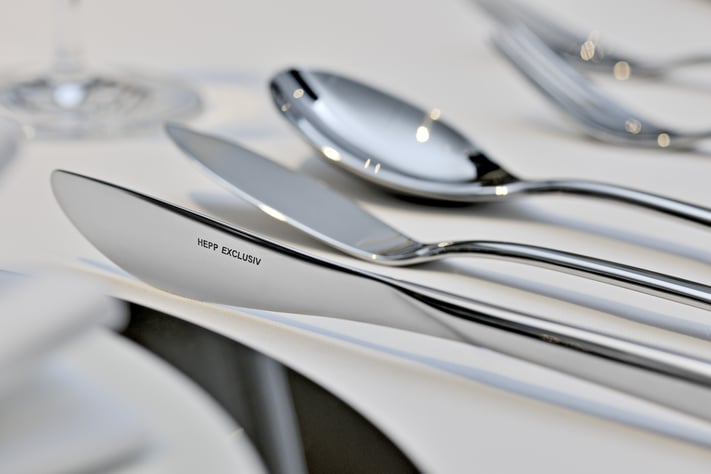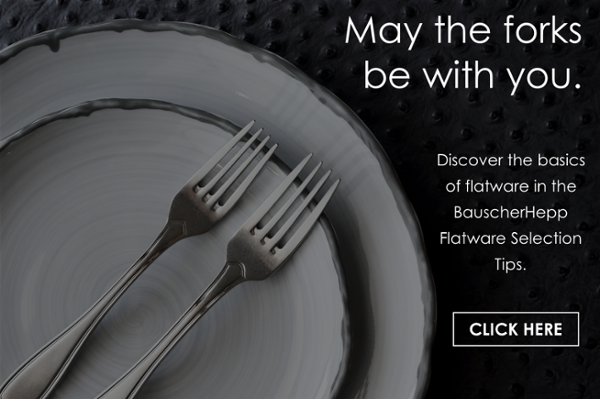
It’s the tool that is literally the cutting edge of eating utensils. The knife is the one tabletop utensil that has a storied history as both a weapon and a dining tool. Not only could you kill your food with it, but also cut it up for consumption with the same handy implement. In fact, it’s the only utensil Crocodile Dundee approves of.
Like the fork and spoon, the design of the knife is modest – a sharp blade connected to a handle. Just as the blade materials vary, so do the handle materials. Wood, rubber, plastic, and steel-handled knives are a just a few of the variations of the modern knife.
While the knife is one of the earliest tools known to mankind, the history of the knife technically goes back millions of years. A tool was needed to create, survive, harvest, build, and eat. Sharp-edged tools date back nearly 2.5 million years ago. What originally began as sharpened stones, knives evolved over time.
During the Bronze Age, knives were fashioned out of - you guessed it - bronze, which carried with it both benefits and drawbacks. Bronze was easily moldable and allowed for sharper and slimmer knives. However, bronze knives were susceptible to corrosion and dulled easily.
Used mostly as a weapon or tool, knives didn’t reach the dinner table until the Middle Ages. While knives were evolving into swords and axes, it was also when knives began to transform from the sharp, weapon-like shape to the wide, blunt knives we are more familiar with today. The sharp knives would often cause injuries at the dinner table.
In 1669, King Louis XIV of France made the sharply pointed, double bladed knives illegal at the table and eventually throughout France due to their harmful design. Blunt tipped knives soon became the tabletop standard in Europe, and ultimately, America.
In the 15th century, those who dined out brought their eating utensils with them. You were in the minority if you didn’t carry a knife on your person during this time. A knife that could serve both eating and self-defense proved quite useful. Over time, people went from carrying several knives of various sizes, to one knife, to a knife and spoon, and eventually adding a fork to the utensil set.
In the early 20th century, the introduction of stainless steel blades followed by the inclusion of silver handles paved the way for the knives we are most accustomed to today.
Presently, you’ll find a variety of knives in foodservice operations and restaurants. From pairing knives, chef’s knives, and butcher’s knives in the kitchen to butter knives and steak knives on the table, this handy utensil is used in nearly all aspects of foodservice preparation and dining.
Find the right knife and other cutlery for your operation’s needs with the free Flatware Selection Tips Sheet.





